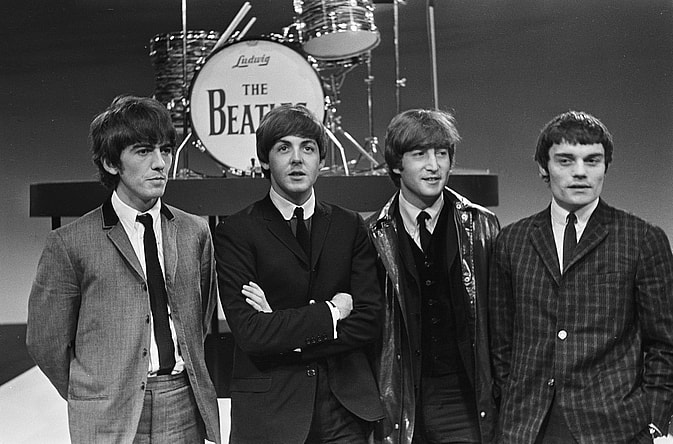
Music is an art form defined by its vast diversity and its ability to evoke a wide range of emotions. Yet, within this expansive realm, some weird songs stand out not merely for their artistic merit but for their sheer peculiarity. These are the weird songs that challenge our expectations, blend genres in unusual ways, or feature lyrics and themes that defy conventional understanding. Such weird songs often push the boundaries of creativity and, in doing so, provide us with memorable listening experiences and intriguing stories.
In exploring the history behind these 14 weird songs, we uncover the fascinating contexts in which they were created, the unique characteristics that set them apart, and the impact they’ve had on both popular culture and the music industry. From the zany novelty tunes of the 1950s to the experimental sounds of the 1980s and beyond, each track on this list offers a glimpse into the eccentricities of its era and the creative minds behind them.
Whether it’s a song that became an unexpected chart-topping hit despite its oddity, or one that embodies a particular cultural moment through its offbeat sensibilities, these weird songs reflect the diverse ways in which artists have experimented with form, content, and delivery. Some were created as playful experiments, others as deliberate provocations, but all share a common thread of being delightfully unconventional.
So, buckle up and get ready to delve into the strange and wonderful world of weird songs. From the manic laughter of a novelty hit to the surreal imagery of avant-garde masterpieces, these weird songs not only stand out for their weirdness but also for their contribution to the ever-evolving landscape of popular music.
Read More: 12 Most Popular Songs of the 70s and 80s
14. “They’re Coming to Take Me Away, Ha-Haaa!” – Napoleon XIV (1966)
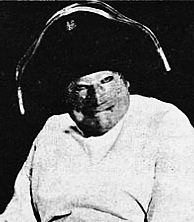
Released in 1966 by Jerry Samuels under the moniker Napoleon XIV, “They’re Coming to Take Me Away, Ha-Haaa!” is a notable entry in the annals of weird songs. The song’s narrative revolves around a man who becomes unhinged and is taken away by men in white coats. The track stands out for its manic energy, characterized by Samuels’ erratic vocal performance and the eerie, repetitive chorus that crescendos with a haunting laugh.
The song’s creation involved a variety of studio techniques to enhance its unsettling vibe. Samuels used tape loops and altered vocal effects to create a sense of madness and chaos. The result was a track that was both a commercial success and a source of controversy. It reached number 3 on the Billboard Hot 100 but faced criticism for its portrayal of mental illness, which some felt was insensitive. Despite the backlash, the song remains a quintessential example of how weird songs can capture the zeitgeist and provoke both laughter and reflection.
13. “Psycho Killer” – Talking Heads (1978)
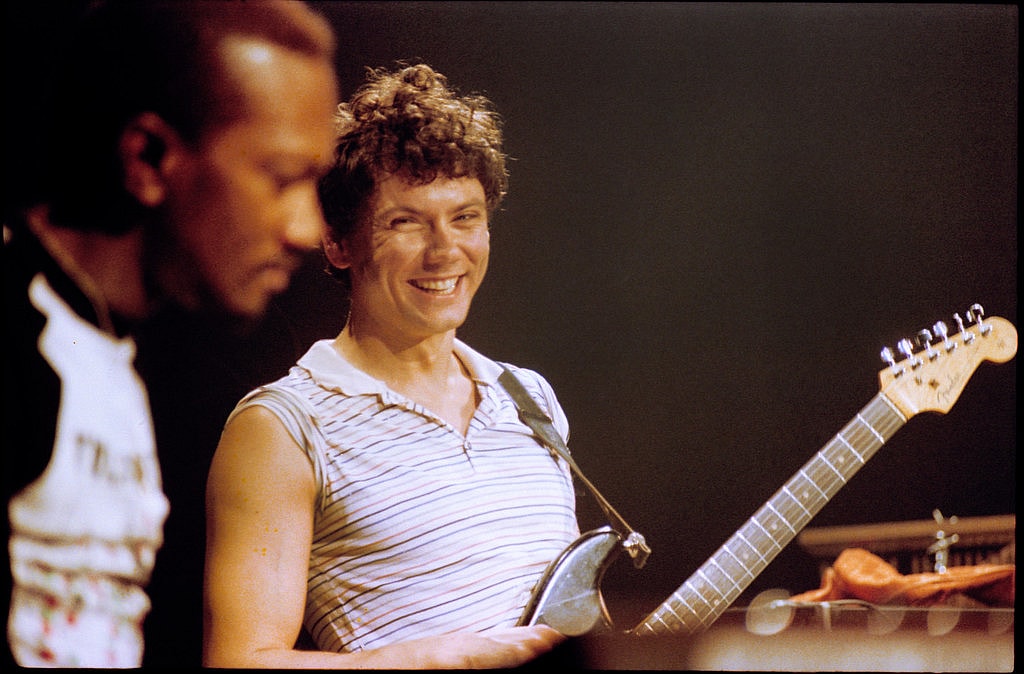
“Psycho Killer,” released by Talking Heads in 1978, is a cornerstone of the New Wave genre, distinguished by its unsettling lyrics and offbeat rhythm among weird songs. Written by David Byrne, Chris Frantz, and Tina Weymouth, the song is presented from the perspective of a troubled individual who describes his violent tendencies and his feelings of alienation. The chorus, featuring the French phrase “Qu’est-ce que c’est?” or “What is it?” adds an element of confusion and intrigue.
David Byrne’s distinctive vocal delivery, combined with the song’s irregular beat and minimalist instrumentation, creates a sense of unease that was innovative at the time. The track’s influence extends beyond its genre, as it helped establish Talking Heads as pioneers in blending punk rock with art pop. The song’s success also paved the way for other New Wave artists to explore similarly unconventional themes and weird songs, making “Psycho Killer” a landmark in the evolution of alternative music.
Also Read: 8 Rare Musical Instruments and What They Do
12. “Detachable Penis” – King Missile (1992)
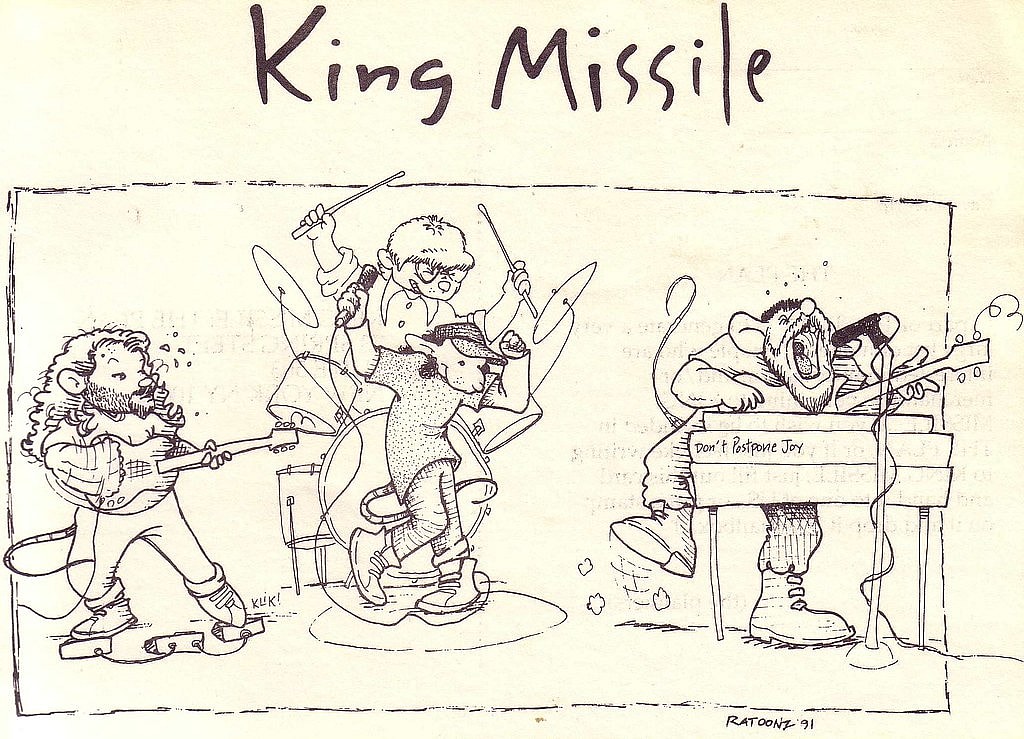
King Missile’s “Detachable Penis,” released in 1992, is a prime example of the novelty genre’s capacity for absurdity and satire. The song’s narrative follows a man who loses his detachable penis and goes on a surreal quest to retrieve it. Its deadpan delivery and bizarre premise are central to its appeal, with the minimalist musical arrangement allowing the story’s absurdity to shine among weird songs.
The track’s unusual subject matter and humorous tone resonated with audiences, earning it a cult following. The song’s success can be attributed to its unique combination of absurdist humor and catchy melody, as well as its ability to address a taboo topic in a way that was both provocative and entertaining. King Missile’s “Detachable Penis” remains a memorable example of how weird songs can tackle unconventional themes with a blend of humor and originality.
11. “The Fox (What Does the Fox Say?)” – Ylvis (2013)

In 2013, Norwegian comedy duo Ylvis released “The Fox (What Does the Fox Say?),” a song that quickly became a viral sensation. The track humorously explores the sounds made by various animals, culminating in a series of nonsensical noises attributed to foxes. Its infectious beat, paired with a whimsical music video featuring elaborate costumes and choreography, captured the public’s imagination.
The song’s success was largely driven by its shareability on social media and its appeal to a broad audience of weird songs. The accompanying video’s colorful visuals and playful concept contributed to its viral status, demonstrating how modern internet culture can elevate even the most unconventional songs to global prominence. “The Fox” serves as a reminder of the power of creativity and humor in the digital age’s weird songs.
Read More: 12 Shocking Facts About the Music Industry
10. “Lollipop” – The Chordettes (1958)

The Chordettes’ “Lollipop,” released in 1958, is a quintessential example of bubblegum pop. The song’s catchy melody and playful lyrics revolve around a sweet, nostalgic theme centered on candy. The Chordettes were known for their harmonious vocal arrangements, and “Lollipop” showcased their ability to create a charming and memorable tune among weird songs.
The song’s success was fueled by its light-hearted appeal and the Chordettes’ distinctive sound, which combined vocal harmony with upbeat rhythms. “Lollipop” became a significant hit and remains a staple of 1950s pop music. Its enduring popularity highlights the impact of catchy, weird songs in shaping the landscape of popular music and how novelty elements can create lasting appeal.
9. “Fish Heads” – Barnes & Barnes (1978)

Barnes & Barnes’ “Fish Heads,” released in 1978, is a song that epitomizes the quirky and surreal nature of 1970s weird songs. The track features a repetitive, almost hypnotic chorus about enjoying fish heads, accompanied by a minimalist instrumental arrangement. The song’s strange appeal is enhanced by its bizarre lyrics and the deadpan delivery of the duo.
The music video for “Fish Heads,” which aired on MTV, further cemented the song’s cult status. The video’s surreal imagery and humorous approach to the song’s subject matter contributed to its popularity and enduring legacy. “Fish Heads” is a testament to the ability of weird songs to captivate audiences through their sheer weirdness and originality.
Read More: 12 Unreleased Songs by Popular Artists You May Never Hear
8. “Sukiyaki” – Kyu Sakamoto (1963)

Kyu Sakamoto’s “Sukiyaki” is an unusual entry in the world of international music hits. Released in 1963, the song was originally titled “Ue o Muite Arukō” and is sung entirely in Japanese. The English title, “Sukiyaki,” refers to a popular Japanese dish, serving as a bridge for Western audiences unfamiliar with the original language.
The song’s melancholic melody and Sakamoto’s emotive performance resonated with listeners worldwide, making it the first Asian song to top the Billboard Hot 100. Its success demonstrated the global appeal of weird songs that transcends language and cultural barriers. “Sukiyaki” remains an enduring example of how music can unite diverse audiences through its emotional power and universal themes.
7. “I Am the Walrus” – The Beatles (1967)
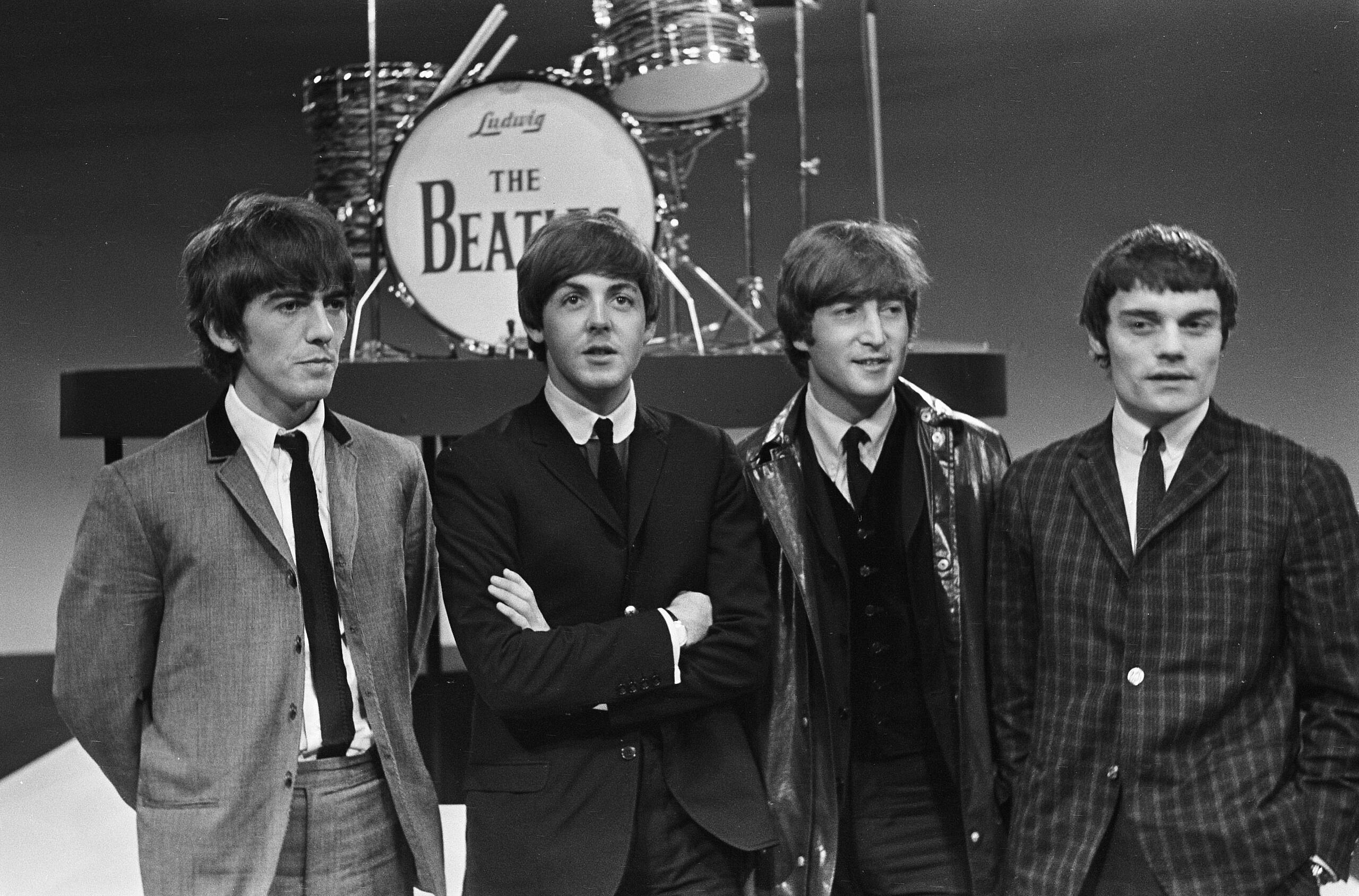
“I Am the Walrus,” released by The Beatles in 1967, is a quintessential example of the band’s experimental phase. Written by John Lennon, the song is characterized by its surreal lyrics and eclectic arrangement. Lennon’s intention was to create a track that defied conventional analysis, and the result was a song filled with whimsical and cryptic imagery.
The song features a blend of orchestral elements, avant-garde influences, and a chorus that includes the nonsensical line, “I am the walrus.” The track’s innovative approach to songwriting and its departure from traditional weird songs were reflective of The Beatles’ exploration of psychedelic and experimental music during the late 1960s. “I Am the Walrus” remains a landmark in the band’s discography, showcasing their ability to push musical boundaries with weird songs.
Read More: 10 Best Bass Songs To Test Out Your New Tech
6. “Little Arrows” – Leapy Lee (1968)
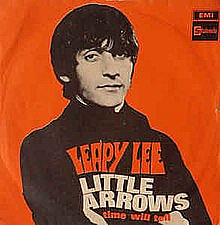
Leapy Lee’s “Little Arrows,” released in 1968, is a song that combines playful lyrics with an infectious melody. The track tells the story of a man who falls in love with a woman whose eyes are likened to arrows. The upbeat rhythm and catchy chorus contribute to the song’s light-hearted charm among weird songs.
The song’s success in the UK and other countries can be attributed to its whimsical lyrics and Leapy Lee’s distinctive vocal delivery. “Little Arrows” captures the spirit of late 1960s pop music with its cheerful and imaginative approach to romance. The song’s ability to create a fun and memorable listening experience highlights the enduring appeal of novelty and weird songs.
5. “Witch Doctor” – David Seville (1958)

David Seville’s “Witch Doctor,” featuring Alvin and the Chipmunks, is a classic example of late 1950s weird songs. The song’s most distinctive feature is the sped-up vocal effects used to create the voices of the titular chipmunks. The track follows a man who consults a witch doctor to win back his lost love.
The use of chipmunk voices, achieved through speed manipulation of the recording, was a novel and appealing gimmick that contributed to the song’s success. “Witch Doctor” became a hit, reaching the top 10 on the Billboard Hot 100. The song’s playful and inventive approach to storytelling, combined with its catchy melody, made it a memorable and enduring piece of pop culture among weird songs.
Also Read: 5 Most Durable Headphones For Music Lovers On The Go
4. “O Superman” – Laurie Anderson (1981)

Laurie Anderson’s “O Superman,” released in 1981, is a groundbreaking piece of avant-garde music that defies easy classification. The track features a blend of spoken word, electronic music, and minimalist elements, creating a unique and otherworldly soundscape. Anderson’s robotic vocal delivery and the song’s experimental arrangement reflect themes of technology, communication, and surveillance among weird songs.
“O Superman” achieved critical acclaim for its innovative approach and thought-provoking content. The song’s success demonstrated the potential of avant-garde music to resonate with mainstream audiences and highlighted Laurie Anderson’s role as a pioneering artist in the realm of experimental sound. “O Superman” remains a significant and influential work in the history of weird songs.
3. “I Like Trains” – The Killers (2007)

The Killers’ “I Like Trains,” released in 2007, stands out for its unconventional lyrics and dark humor. The song features a narrator who humorously expresses his fascination with trains and their societal impact. The track’s catchy chorus and ironic tone provide a unique listening experience that blends indie rock with satirical commentary on weird songs.
The song’s success can be attributed to its originality and the band’s ability to infuse humor into their music. “I Like Trains” showcases The Killers’ talent for creating engaging and weird songs with a distinctive edge. The track’s playful and introspective approach highlights the band’s creativity and willingness to explore unconventional themes.
Read More: 5 Best Music Streaming Services On The Market Right Now
2. “The Purple People Eater” – Sheb Wooley (1958)

Sheb Wooley’s “The Purple People Eater,” released in 1958, is one of the weird songs that became a sensation in the late 1950s. The track’s lyrics describe a bizarre creature with a single eye and a taste for human flesh. The song’s playful melody and humorous premise contributed to its widespread appeal.
“The Purple People Eater” topped the Billboard Hot 100 and became a defining example of quirky 1950s pop music. Wooley’s performance and the song’s imaginative storyline captured the public’s imagination, making it a lasting favorite. The song’s success demonstrates how weird songs and creative storytelling can resonate with audiences and become cultural touchstones.
1. “I’m a Gummy Bear (The Gummy Bear Song)” – Gummibär (2007) – Weird Songs
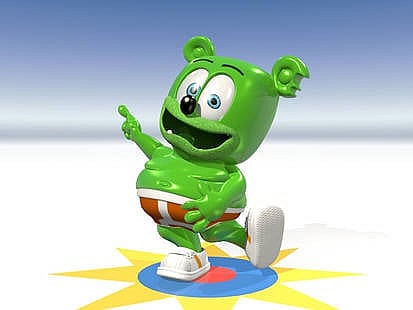
“I’m a Gummy Bear (The Gummy Bear Song)” by Gummibär, released in 2007, is a prime example of how viral phenomena can shape modern music. The song features a dancing gummy bear character and celebrates the joys of being a gummy bear. Its catchy melody and playful animation contributed to its global success among weird songs.
The song’s appeal lies in its simplicity and the engaging visuals that accompany it. “I’m a Gummy Bear” became a favorite among children and showcased the power of weird songs and media to create memorable and widely shared experiences. The track’s success highlights the impact of digital culture on the music industry and how weird songs can achieve significant reach in the modern era.
These 14 weird songs, each with its unique story and eccentricities, reveal the diverse ways in which music can captivate and intrigue listeners. From the weird songs of the past to the experimental tracks of the present, they illustrate the boundless creativity and imagination of artists who push the boundaries of conventional music.


